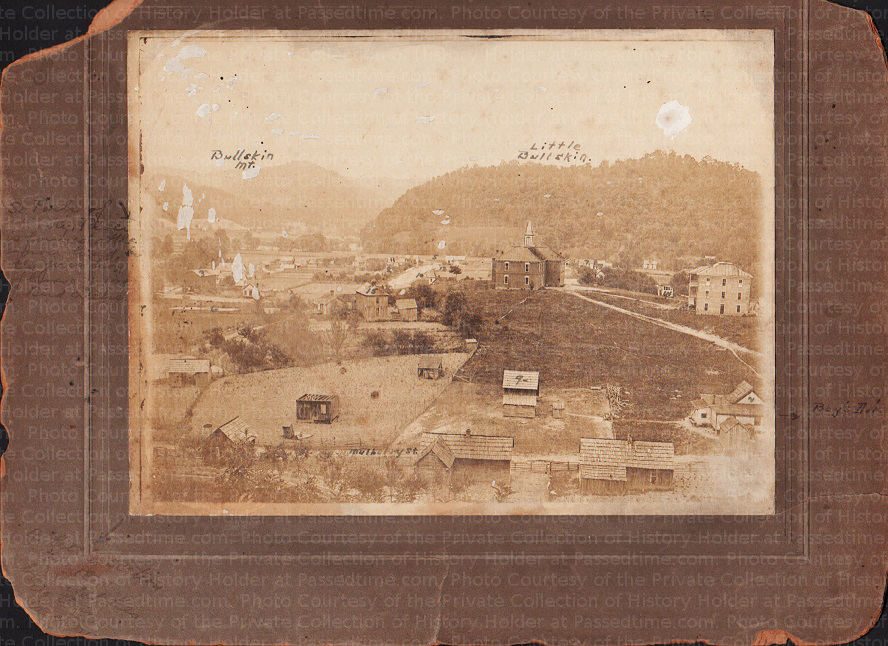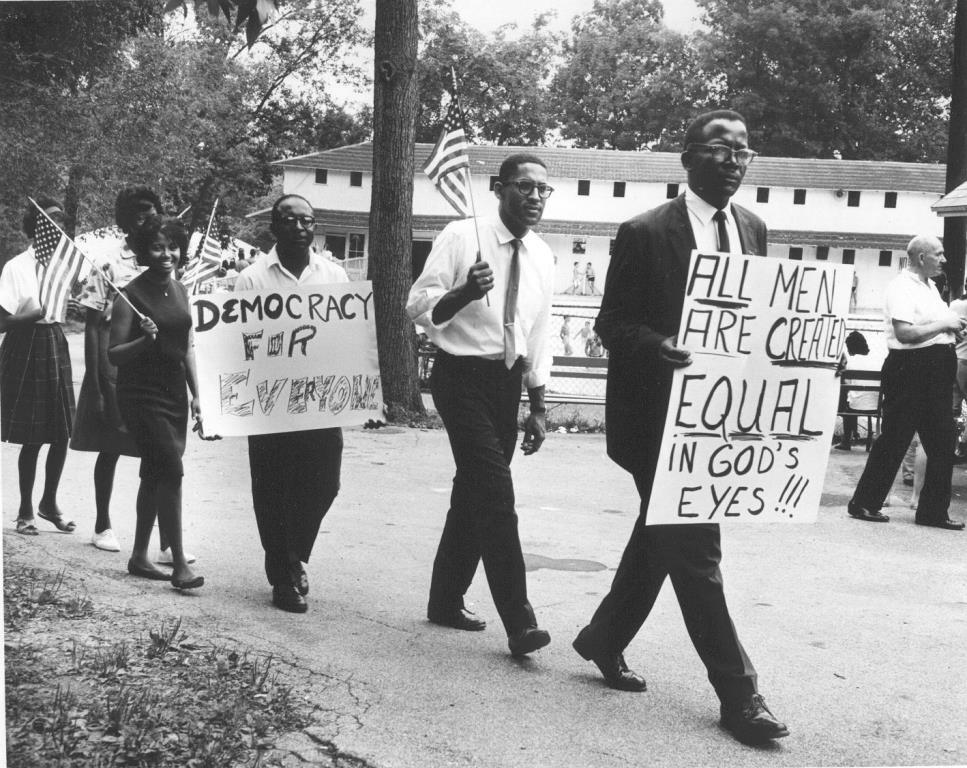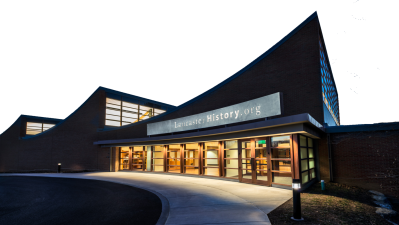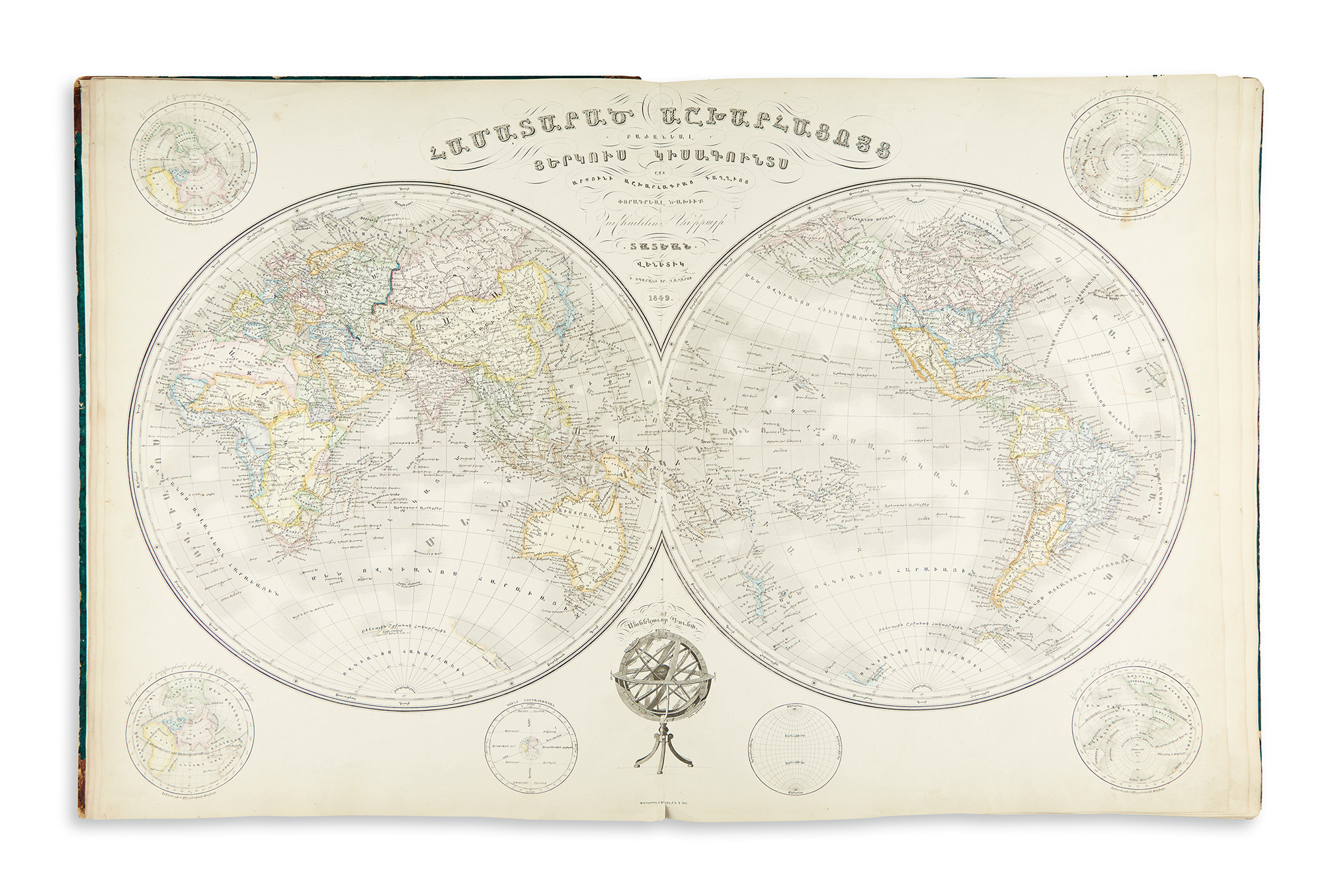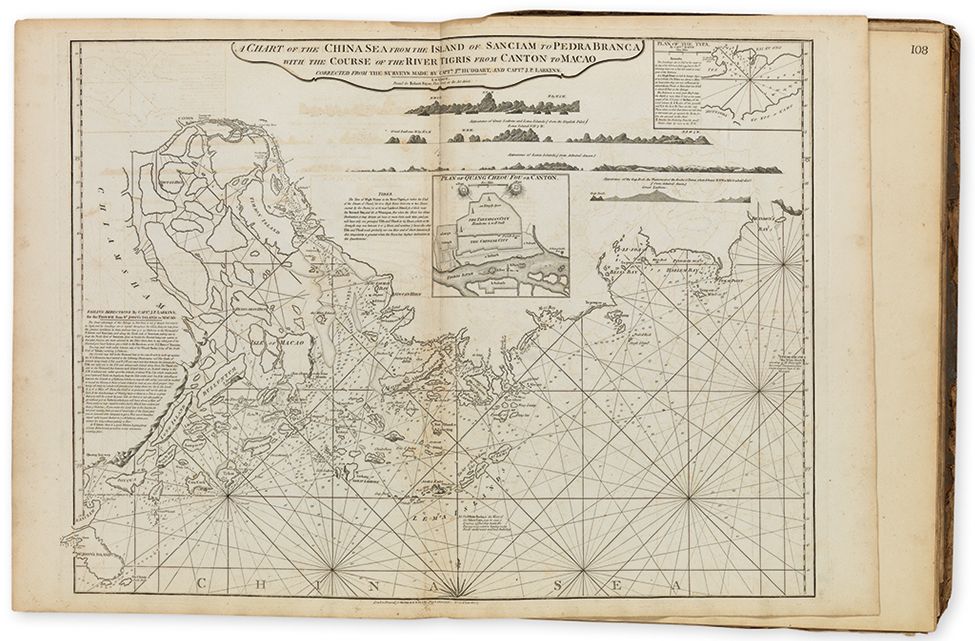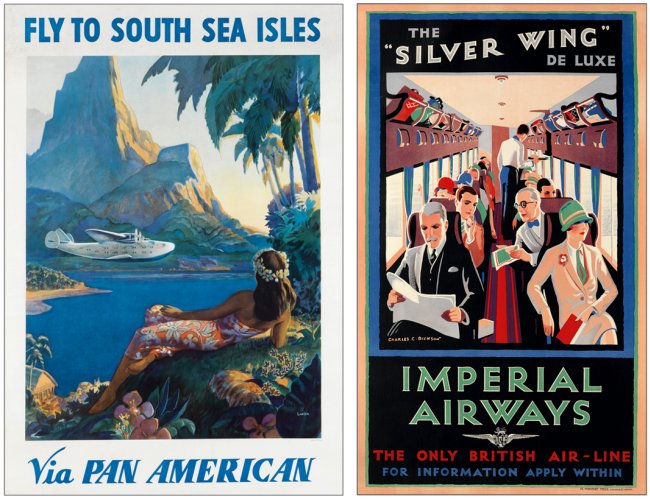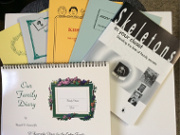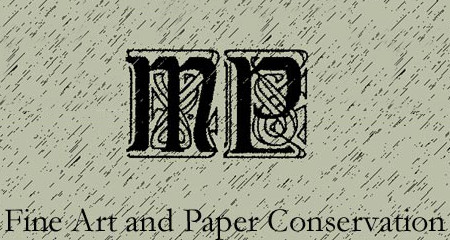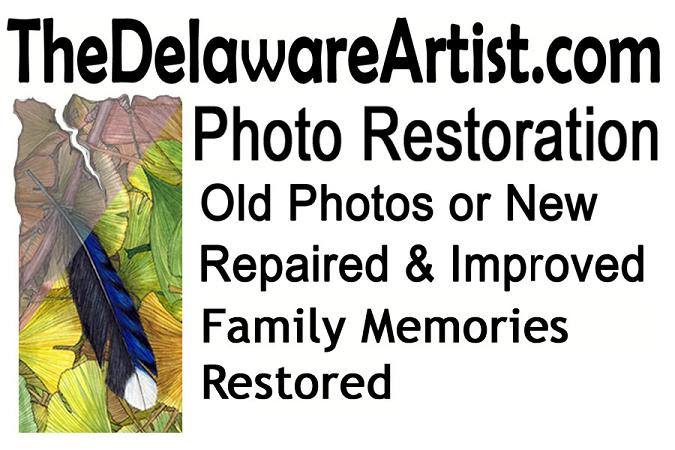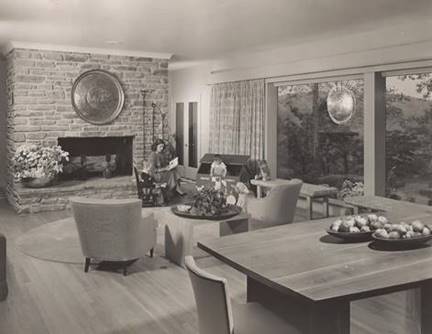Google Search
Captain Bill Wilson of the Texas Rangers
Once again, I was sorting through a box of photos--an activity that seems to monopolize much of my time, anymore (not that I am complaining). As always with these boxes of photographs, some are labeled but the majority are not. The photograph of Bill Wilson was obviously identified, but it appeared to be an oddity among the other photographs. This photo is obviously from Texas, whereas the vast majority of the photographs show East Coast locales. The few travel snapshots are from the early twentieth century, as are most of the other photographs. Wilson's photograph is decades later than the other snapshots for it was clearly taken in the 1960's or later. Wilson's life dates back me up, so I am unsure as to how his picture ended up in the box of older photos, but here it is, a Texas Ranger in Dover, Delaware.
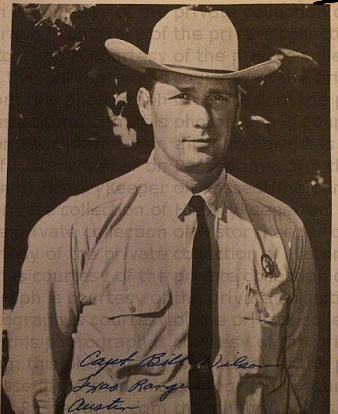
Captain William Delpard "Bill" Wilson (1929-1990) served with the Texas Rangers as a captain in various companies throughout the 1960's and 1970's. (click the link provided a link if you want to know which companies) After school, he began work with the Department of Public Safety and eventually became a ranger in 1962.
Various reports declared he handled notorious cases, and I've sussed out the following from an interview with Wilson in relation to the slaying of Texas Ranger Bob Doherty by small-time drug dealer named Greg Ott.*
"He had initiated the case himself, using information he got from a man in jail. It was just good, sound police practice is what it was. One fellow lead him to the other fellow."
When the reporter questioned that "good, sound police practice" involved showing up in the middle of the night wearing civilian clothes and arriving unannounced, Wilson responded,
"Any narcotics dealer who carries a gun has got to be considered a major criminal."
The reporter was quick to note that it was not until after Ott killed Doherty that anyone considered him a major criminal.** As the reporter used no more quotes from Wilson, it is unclear if Wilson ever responded to the reporter's last observation.
Photograph of Philip Gordon of Trenton, New Jersey
I had been on a photograph and recipe kick lately. The exception being that Passed Time, wanted to acknowledge the anniversary of the bombing of Hiroshima, which changed my scope these past couple of days. Luckily, it was easy to do as there were a plethora of great articles that we linked. However, it is time to get into gear and get something new out there. Not new, technically, but newly public? In any event, this photograph of this beautiful blond child is labeled, "Philip Johston Gordon Age 3".*
Two candidates (at least) are possibilities with regards to the tow-headed Philip Gordon, the subject of the photograph. The first is found on Crestleaf who has a listing for a Philip Gordon of Trenton, New Jersey. This candidate was born on November 23, 1905 and died in September of 1983. Unfortunately, there are no citations, except a statement claiming the information came from historical records (they use the Social Security Death Index). Otherwise, that is the only information posted about this Philip Gordon on Crestleaf. 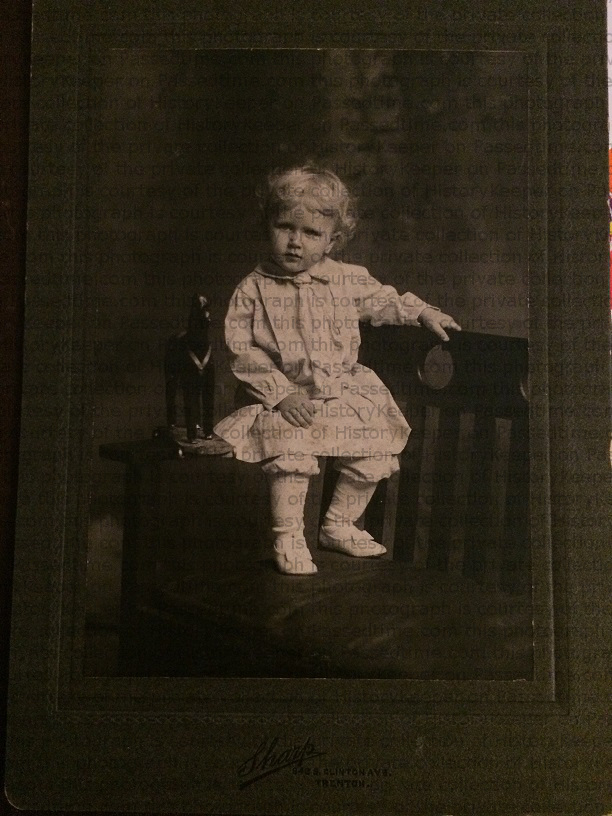
Photograph of Mrs. John Potteiger Aged 57 Years of Reading Pennsylvania
This is one of those pieces in which more information surfaces about unanticipated subjects than that you were originally researching. About the 57-year-old Mrs. John Potteiger little public information readily springs forth. There are a few John Potteigers, but the biographical information does not align with the dates in which Strunk was in operation as a photographer (late 1800's through at least 1919). Only one possibility was discovered. According to the January 23 edition of the 1915 Reading Times, The Hawthorne Literary Society of Ontelaur.ee (Ontelaunee) High School was called to order by its President, John Potteiger. (page 9). Morton Montgomery's Biographies from Historical and Biographical Annals gives a nicely detailed Potteiger line-up, but nothing that makes me comfortable enough to identify Mrs. Potteiger with any certainty. Perhaps the family would be willing to shed some light on her identity.
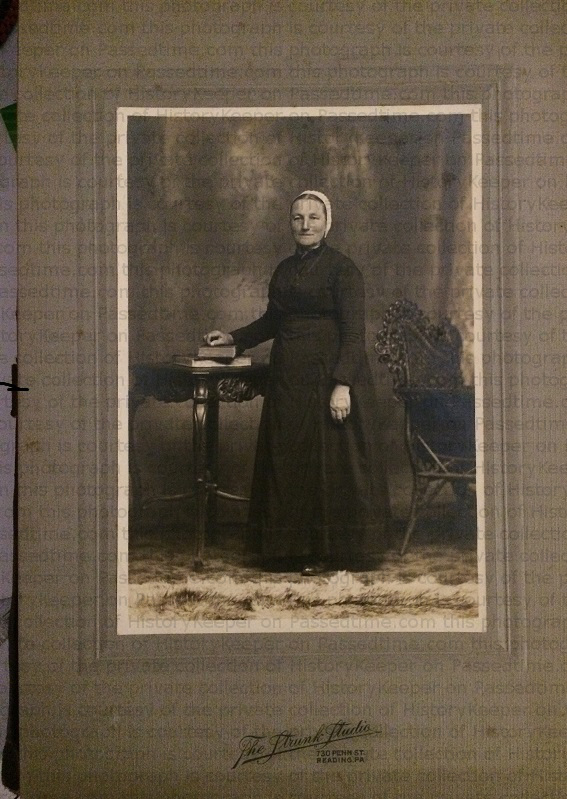
I did turn up a little information about the Strunk Studio. Strunk was successful and able to establish his studio in Reading. In Wilson's Photographic Magazine 1893 there is a reference that states Strunk "will erect a four-story building, combining residence and photographic establishment, containing all modern improvements, at once."* Yet another contemporary magazine discusses Strunk's venture in more detail. "John D. Strunk, 730 Penn Street, Reading, Pennsylvania purchased the two-story brick store front and dwelling, 10 North Ninth Street, for $11,500. About September 1st, when possession will be given, Mr. Strunk will tear down the structure and erect a three-story building with skylights and his business will be moved to the new location. It is expected that the new building will be completed about April 1, 1919"**
*Wilson's Photographic Magazine, Volume 30 p 127 Edward L. Wilson, 1893
**Bulletin of Photography: The Weekly Magazine for Professional Photographers, Volume 22; Volumes 543-568 F.V. Chambers, 1918 p. 596
Author HistoryKeeper, currently lives in Dover, Delaware, with family, both two- and four-footed. I am a history enthusiast, who has great regard for the past and is especially proud of the Pennsylvania German culture. In addition to my work here at Passed Time, I am currently working on a project for the German Historical Institute's Immigrant Entrepreneurship: German-American Business Biographies (http://www.ghi-dc.org). I also contribute to various newsletters and am working on another book...or two. Feel free to email me at pcsuter@hotmail.com for questions, comments, information, a shared love of history, an idea, etc. Please be aware, Files with Attachments will not be opened, but immediately deleted.
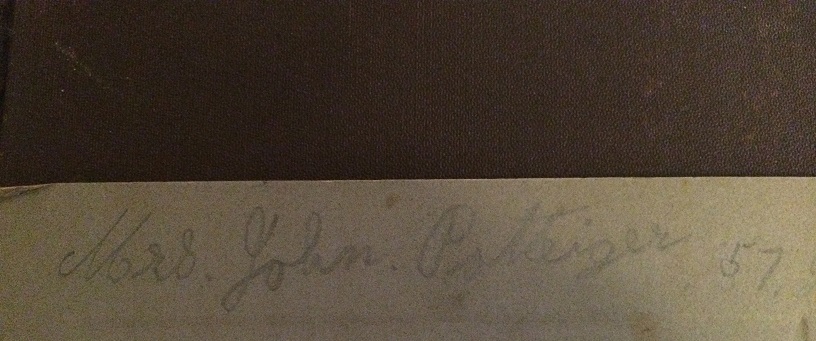
Chestnut Street Baptist Church of Philadelphia visits Oneida Baptist Institute
"Oh what wonderful memories of Marvin Hall! Those wonderful old hardwood floors, the very wide staircase, the aroma of Miss Ruby Baker's yeast donuts, the movies on Friday afternoon in the auditorium if you had 50 cents--or was it 25?"...Amanda Louise Roberts1
From an artistic standpoint the photograph 2 does not amount to much. It is faded, torn, and has been subject to the ravages of time. However, it may be the only one of its kind for, in a rare demonstration of foresight, some unknown hand labeled the buildings shown in the photograph. Its historical significance should not be questioned, for it provides an early view of the Oneida Baptist Institute.
The Philadelphia Bible Class of the Chestnut Street Baptist Church of Philadelphia, Pennsylvania, visited Bullskin Mountain in August of 1911. Although, the photograph is identified as "Bullskin Mountain", the bible class was visiting the Oneida Baptist Institute. The institute was founded in 1899, at a time when Kentuckians who resided in this area were illiterate, had no access to education, and spent much of their time feuding. Founding member James Anderson Burns (1865-1945), wanted to end the fighting which was destroying many lives, by providing access to Christian education.3
In an inspirational stroke, Burns made the members of the board of trustees the very mountaineers involved in the feuds. The institute began in the Bullskin Mountains with a one-room building and its doors opened on January 1, 1900 with four teachers at the ready. If any of the original 100 students could not afford the $1.00 monthly subscription fee, the family could instead provide payment through services or supplies.4
By 1905, only six years before the date the photograph was taken, the school had dorms for both boys and girls. Additionally, Burns was given a donation from a New York donor, which allowed lands to be purchased for the school. With these funds, Burns installed a school-run farm which was up and running by the time the Chestnut Street Baptist Church visited in 1911.5 After that visit, the institute continued to grow and gain nationwide support which continues even today.
The key listed on the reverse side of the photograph identifies places belonging to individuals such as the home of "P.M. Hugh Combs" or the drug store belonging to "Dr. Jones." The homes of at least three of the professors are identified one belonging to Peters and another to Johnson and Hornschell (this name is conjecture as although the other names are clear, the writing fades out on Hornschell's name). A store is also located as well as Deacon Walker's home and town hotel. The key further identifies impersonal points of interest such as the dormitories, coal shed, and Bre'r Rabbit's barn. Interestingly, there is no location given for a home belonging to the Founder James Anderson Burns. Marvin Hall, of which Ms. Roberts remembers fondly and speaks of so eloquently, is clearly labeled.
1. "Making the Difference" by Amanda Louise Roberts, Alumni Director. OBI Alumni News, January 2014.
2. Photograph courtesy of Private Collection.
3. Webpage: www.oneidaschool.org/history.shtml, unknown author
4. Ibid
5. Ibid
